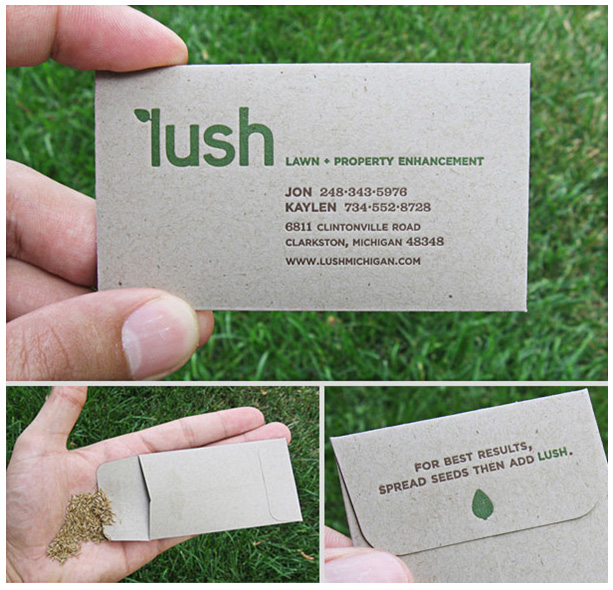
Environmentalism and sustainability are part of the ethical zeitgeist in Western society, and a paradigm of our times is that digital communication and paperless interaction are better for the environment than the alternatives. It’s not something we feel a great urge to stop and think about; not using paper in an instance when you could use paper will surely always be greener – it seems a no-brainer. To truly assess the environmental impact of “going paperless” however, you have to consider the resources and environmental impact of the alternative method. Online billing, emailing without printing, reading books on the internet – all of these paperless alternatives have one thing in common: they use the internet, and use a device to connect to the internet. This article will take a look at some alternative perspectives on the environmental consequences of “going paperless”; specifically the environmental impact of the tools and methods which allow us to use less paper; the internet and computers.
Dark Data, E-Waste and Grey Energy
The three terms dark data, e-waste and grey energy to the layman sound like they could come from a sci-fi film or dystopian novel; the reality is these are all terms for facets of the digital age which have environmental significance.
Dark Data: Dark data is a rather captivating name for all the bits of information which are stored on the internet which aren’t fully accounted for. They are bits of data which get left behind, sort of like the echo or shadow of light data (data in current use) which can be forgotten about, or aren’t known about. It wouldn’t be inappropriate to compare dark data to the scientific phenomenon of dark matter. Dark data can be anything from all those user PST files on desktops, to data stored on a 2GB USB stick connected to a laptop. It is estimated by the University of California that the average American consumes 34 gigabytes of data a day, and the majority of this is dark data. This means that the energy consumed for you to check your emails is conflated by all the dark data milling around, and according to a study by the Institute of Sustainable Communication the energy it takes to sustain our digital demands has a direct impact on forestation. The ISC reports that:
“The growing energy demands of consumer electronic devices, desktop computers, cellular networks, Internet servers and data centres are contributed to the destruction of more than 500 mountains and over 600 square miles of forest.”
E-Waste and Grey Energy: As well as the impact of real-time browsing, another environmental concern is what it takes to manufacture the devices we browse the web on. As the digital revolution continues to develop at the rate of knots, so the appetite for the latest technological devices grows. The result is increased E-waste (disposed of devices) on top of those devices which have actually become defunct, and increased grey energy (the energy it takes to manufacture new devices). According to MIT-researcher Timothy Gutowski, manufacturing a one kilogram plastic or metal part requires as much electricity as operating a flat screen television for 1 to 10 hours. On top of this, the majority of our E-waste ends up in landfills rather than being recycled, resulting in toxic substances such as mercury, lead and cadmium infecting water, land and air.
As much as the sentiment to protect forests is valuable and worthy, it seems that a reassessment of the actual consequences of our behaviour for forests is necessary in the wake of the digital revolution. The Institute for Sustainable Communication comments that an FSC approved printing outfit may well be a more sustainable option than “going paperless”(see here for more information). It seems then that rather than considering a paperless age as necessarily greener than a printing age, we need to assess the digital printing facts properly, and readdress digital printing costs for our environment in comparison to paperless costs.
Our friends over at Custom Earth Promos have put together an insightful article about eco-friendly products we should all be using, which you can read here. It’s a really informative guide to going green in the home that we think everybody should take a look at.
To make certain our prints are up to standard we ensure they are printed on FSC paper, as well as being 100% ECF Virgin Fibre. Although we are no longer FSC accredited, we have instead chosen to assign the fees paid through the administration of the FSC, to a scheme with the Woodland Trust called the Carbon Capture Scheme. You can read all about the Carbon Capture Scheme on our Purely Green page.









